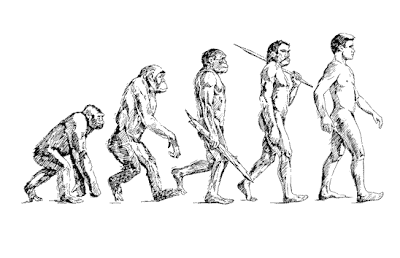|

|
此文章由 dalaohu 原创或转贴,不代表本站立场和观点,版权归 oursteps.com.au 和作者 dalaohu 所有!转贴必须注明作者、出处和本声明,并保持内容完整
你懂得。

This is an extremely interesting observation. Many would ignore shapes used on smartphone handsets, simply because those shapes would be tied to app launchers or tiles which all contain either images or information. As one can see in the image above, Clayton Miller, a graphic and interaction designer (creater of 10/GUI), has aligned the different shapes adopted by the smartphone market.
From one perspective, you could assume that the shapes shown above is an illustration of the transformation from a square to a circle. Microsoft use the simple four-sided approach with the Metro UI, Apple keep things aesthetically pleasing with a roundrect, Nokia use a squircle and HP have a full circle to play with. Clayton states that Android doesn't have a unified shape, a possible symptom of fragmentation?
It's worth noting that smaller competitors use same shapes as the big players, Bada from Samsung makes use of squares but can't come close to Microsoft's tile implementation and RIM use roundrects throughout but are no match for Apple's iconic design.

[ 本帖最后由 dalaohu 于 2011-7-2 21:20 编辑 ] |
|
 粤菜系列(11):糯米鸡 (2009-8-7) shangpin
粤菜系列(11):糯米鸡 (2009-8-7) shangpin  如何成为电眼美人? (2008-8-26) 旋木
如何成为电眼美人? (2008-8-26) 旋木  【磨叽买车贴提车了】Nissan Altima Ti 终于提车了! (2016-12-9) cissiewu
【磨叽买车贴提车了】Nissan Altima Ti 终于提车了! (2016-12-9) cissiewu  第一次做青团 (2009-5-6) audrydj
第一次做青团 (2009-5-6) audrydj